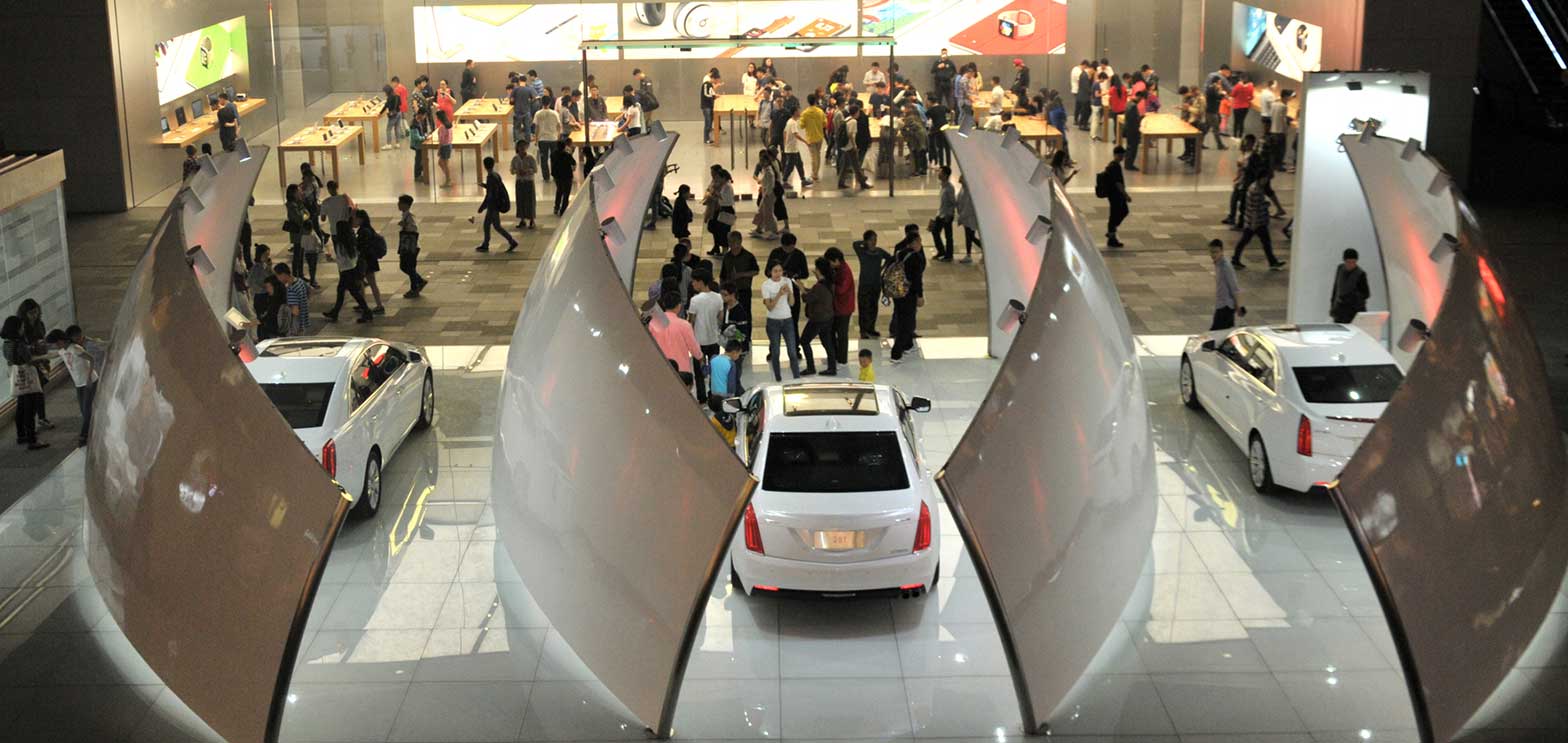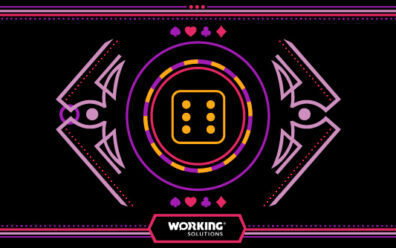5 Customer Experience Lessons from Showrooming & Reverse Showroom Marketing
Once considered a real threat to retailers, showrooming has become a powerful tool for driving sales and customer loyalty, thanks to reverse showroom marketing.

Not long ago, showrooming sounded the death knell for brick-and-mortar retailers. And for good reason: The practice of customers first shopping at a local store and then buying online later at a lower price seemed like a lose-lose scenario for America’s storefronts.
“The practice of customers first shopping at a local store and then buying online later at a lower price seemed like a lose-lose scenario for America’s storefronts.” Share on X
But that’s changed in recent years, and pretty dramatically, too. With the rise of reverse showrooming savvy business managers now understand the importance of (and methods for) merging the customer’s favorite aspects of the in-store and online experiences into one multichannel continuum to improve sales, customer satisfaction and customer loyalty.
How did we get here? What, exactly, is reverse showroom marketing, and what lessons does it offer for businesses looking to offer the best possible customer experience—and drive more sales in the bargain?
The Rise of Reverse Showrooming
Also called webrooming, reverse showrooming is just as it sounds: Customers do their research online, then visit a store to make a final evaluation and purchase.
“Reverse showrooming is actually nothing new,” notes BusinessInsider’s Emily Adler. “Since the early days of online shopping, more people have researched their shopping online than have actually bought there. What has changed is that retailers have begun to identify the reverse showrooming trend and the opportunity it offers to them, and they are now working to actively capture those sales.” (emphasis ours).
And, though showrooming was once “seen as an existential threat to bricks-and-mortar retailers,” it turns out the opposite is really true: A Harris poll cited by Adler found that 69% of shoppers webroom, while just 46% admit to actively showrooming.
Americans Who have Reverse Showroomed or Showroomed
There are some obvious developments helping fuel this trend—more convenient online purchase/in-store pick-up options, for instance, and enhanced in-store amenities, such as coffee bars and free WiFi. Yet most experts agree the rise of multichannel and omnichannel marketing is the real factor making it all possible.
Applying Reverse Showroom Marketing to Your Own Customer Experience: 5 Key Lessons
So how have some retailers succeeded in turning showrooming marketing to their advantage—and what lessons do they offer for those still struggling to make the shift to a superior, multichannel customer experience? Let’s break down some of the biggest lessons to be learned from reverse showrooming.
Lesson #1: Never underestimate the appeal of instant gratification. Though online shopping may seem more convenient, requiring no travel time or the hassle of finding (and paying for) parking, there are drawbacks to be exploited by savvy retailers. For instance, we know that, among those who prefer webrooming over showrooming, almost half of customers say it’s because they want to take their purchases home immediately.
Reasons for Choosing to Shop in Stores vs. Online
Source: Retail Dive Consumer Survey, fielded by Google Survey
In other words, no matter how fast shipping gets—and it’s getting pretty fast—a good portion of customers will still want certain products now, and will sacrifice a bit of time, money or convenience to get it. This impulse can be appealed to in a variety of ways, including offering to price match online sales, giving in-store discounts on products most in danger of being showroomed, or even partnering with a neighboring store to offer mutual discounts for in-store visits.
Lesson #2: It’s not all about the price. Showrooming isn’t just about people looking for the best price. What they’re really doing is inspecting the look and feel of a product, or getting a sense of how it might look in their living rooms. So, the mentality of “we can’t compete with online prices”—while potentially true—may not actually be relevant to your product.
If you can craft a superior in-store experience and tie it to your online sales efforts (by developing an app, or a lively social media presence, for example), then you may be able to turn showroomers into online customers, regardless of whether Amazon is beating your price by a few pennies (or dollars).
Lesson #3: It is all about the niche. Obviously, some products demand a higher level of physical interaction from customers than others. Consider the different routes taken by someone shopping for big-ticket items, a new car or piece of furniture, versus a pair of jeans or running shoes. Some purchases require hands-on inspection; some only require simply filling in the blanks of size, color and style.
Customer experience expert Humayun Khan points to a study showing that “shoppers are more like to buy durable products online (think books, music, electronics and apparel) rather than consummable products (fresh groceries, medicine or beverages),” adding “not every retail category is as likely to see a jump in showrooming or webrooming.”
Shoppers are more like to buy durable products online (think books, music, electronics and apparel) rather than consummable products (fresh groceries, medicine or beverages)
Lesson #4: Engage, engage, engage! To no one’s surprise, the true differentiator between in-store and online shopping is good, old-fashioned human interaction—and the more qualified your agents or sales reps are, the more likely you are to see real conversions. Khan notes a TimeTrade study reveals that 90% of consumers are more likely to make a purchase “when helped by a knowledgeable staff member.”
Whether online or in-person, engaging customers is key—and thanks to social media and other direct forms of communications, it’s never been easier. “Your relationship with your customers doesn’t need to end once they exit your shop,” as Khan puts it. Instead of passively waiting for customers to cross your path again, you can keep them engaged with tactics, such as building an exclusive email list, training your staff to be more personable and offering exclusive discounts via smartphone or social media.
Lesson #5: Multichannel marketing is king. Among businesses that successfully turned showrooming to their advantage via reverse-showroom marketing, most did so by leveraging a comprehensive multichannel or even omnichannel marketing strategy—one that combines the most favorable aspects of the in-store customer experience with online shopping.
For businesses that can lock down a superior customer experience in both formats, the sky’s the limit: “Retailers with two marketplaces for selling generate 190% more revenue than those with just one,” writes Khan (emphasis ours). “So, if you haven’t done so already, it’s time to seriously consider multichannel retail.”
“Retailers with two marketplaces for selling generate 190% more revenue than those with just one.” Share on X
Time to call in the experts? We specialize in providing a complete multichannel marketing solution that includes best practices from reverse showrooming, social engagement and every other move in the modern communications playbook.

Find out how we can help you deliver a superior, multichannel customer experience.
Contact us today
This Might Interest You...
This website uses cookies to personalize and improve your experience. Continue browsing our site if you agree to our Cookie Policy or feel free to Manage Cookies yourself.


